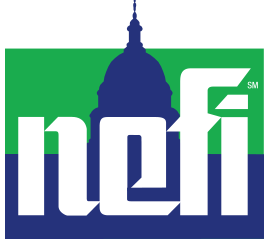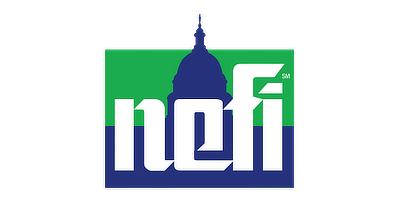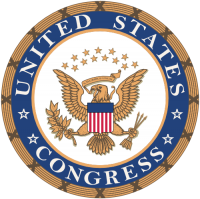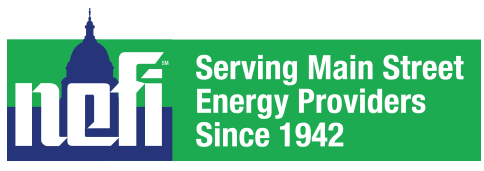The federal government entered a shutdown on Wednesday, October 1, after Congress failed to pass the twelve fiscal year 2026 appropriations bills or enact a stopgap funding measure—known as a Continuing Resolution or "CR." While most federal operations stop or are paused, certain essential services including military operations, air traffic control, and Social Security payments usually continue unabated. American soldiers and essential government workers that keep these services running, and the thousands of non-essential employees temporarily furloughed, will receive backpay when the shutdown concludes.
How Long Will It Last?
No one knows. Both sides enter the week fairly entrenched. Senate Majority Leader John Thune (R-SD) said he will keep bringing up the House-passed CR until enough Democrats break ranks. So far, Senators John Fetterman (D-PA), Catherine Cortez Masto (D-NV), and Angus King (I-ME) have done so, putting the count at 55 in favor, 45 opposed, leaving Republican leadership five votes short of the 60 needed for passage. House Speaker Mike Johnson canceled this week's votes and is not requiring his members to return to Washington until October 14, which puts additional pressure on the Senate to act.
What are the Overall Impacts?
Essential government programs and services will continue, including Social Security, Medicare, veterans' services, military operations, law enforcement activities including Immigration and Customs Enforcement (ICE), Customs and Border Protection, and air traffic control. However, one area in which there could be meaningful impacts is LIHEAP, which provides funding to states, tribes, and territories in support of programs that help low-income households pay their heating and cooling bills.
Low-Income Home Energy Assistance Program (LIHEAP)
The U.S. Department of Health & Human Services (HHS) oversees disbursement of funds and manages the federal LIHEAP program. Earlier this year, President Trump called on Congress to terminate LIHEAP and HHS Secretary Robert F. Kennedy, Jr. laid off the employees that manage the program. Secretary Kennedy has since shifted responsibility for the program to the HHS Office of Community Services (OCS).
These moves have drawn strong opposition from fuel assistance advocacy groups, including NEFI and other heating fuel and utility associations, and from a broad group of bipartisan members of Congress. In fact, draft fiscal year 2026 appropriations bills have cleared committees in both chambers that not only reject the elimination of LIHEAP but even propose small increases in program funding.
During the shutdown, two OCS employees remain on duty to oversee five contractors tasked with processing LIHEAP, but shutdown restrictions prevent them from communicating with grant recipients or providing public updates. States with leftover funds from the previous year can draw down those reserves. NEFI has also learned that the OCS staff is working to release about $100 million in funds provided by the Infrastructure Investment and Jobs Act of 2021, but the timeline and decision-making authority remain unclear. Until Congress passes an appropriations package or CR, no regular FY2026 funds for LIHEAP will be administered. Most states and community action agencies are accepting LIHEAP applications, but disbursement of FY2026 funds cannot occur until the shutdown ends.
The NEFI Government Affairs team has compiled a rundown of agencies and programs, in addition to LIHEAP that could affect our industry directly or indirectly, including tariff collections, DOT, DOE, DOI, OSHA, EPA, IRS, and SBA. This document is available in the Members Area. If you are not a member or cannot access the information, please contact membercom@nefi.com.
The NEFI Government Affairs team continues to monitor the shutdown and any related impacts and will keep members up to date. If you have any questions or concerns, contact Liam Dotson, NEFI Manager of Government Affairs, at liam.dotson@nefi.com.

 Admin - 02:00 pm -
October 09th, 2025
Admin - 02:00 pm -
October 09th, 2025 







